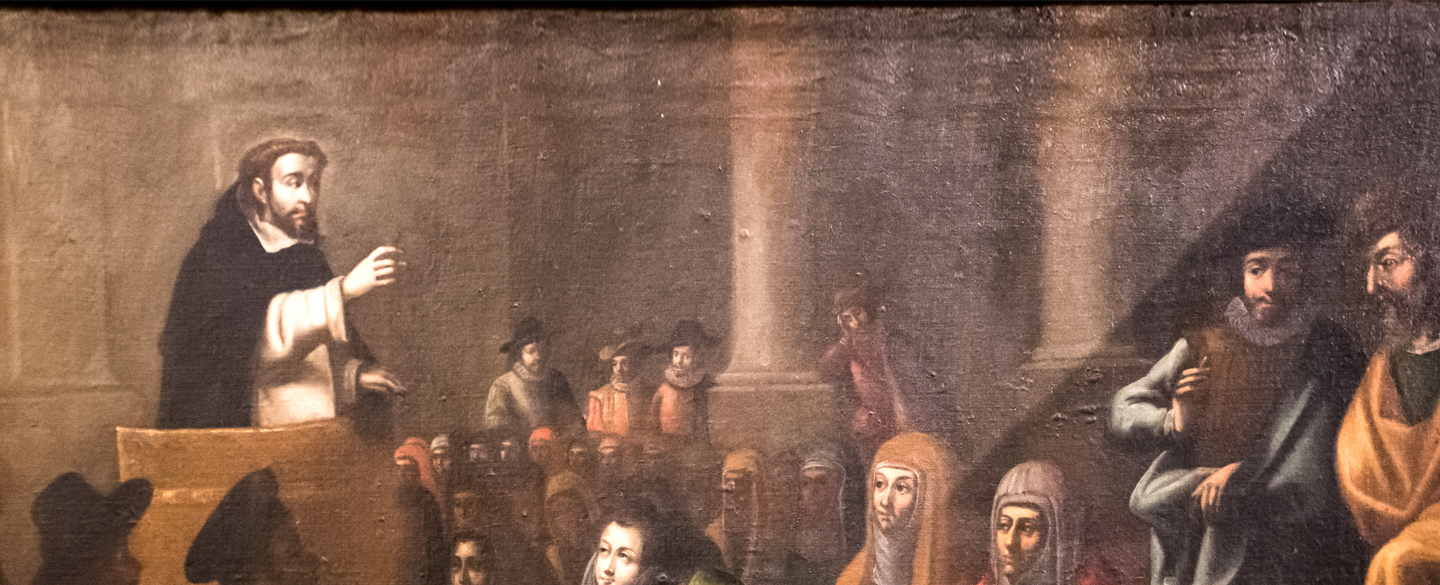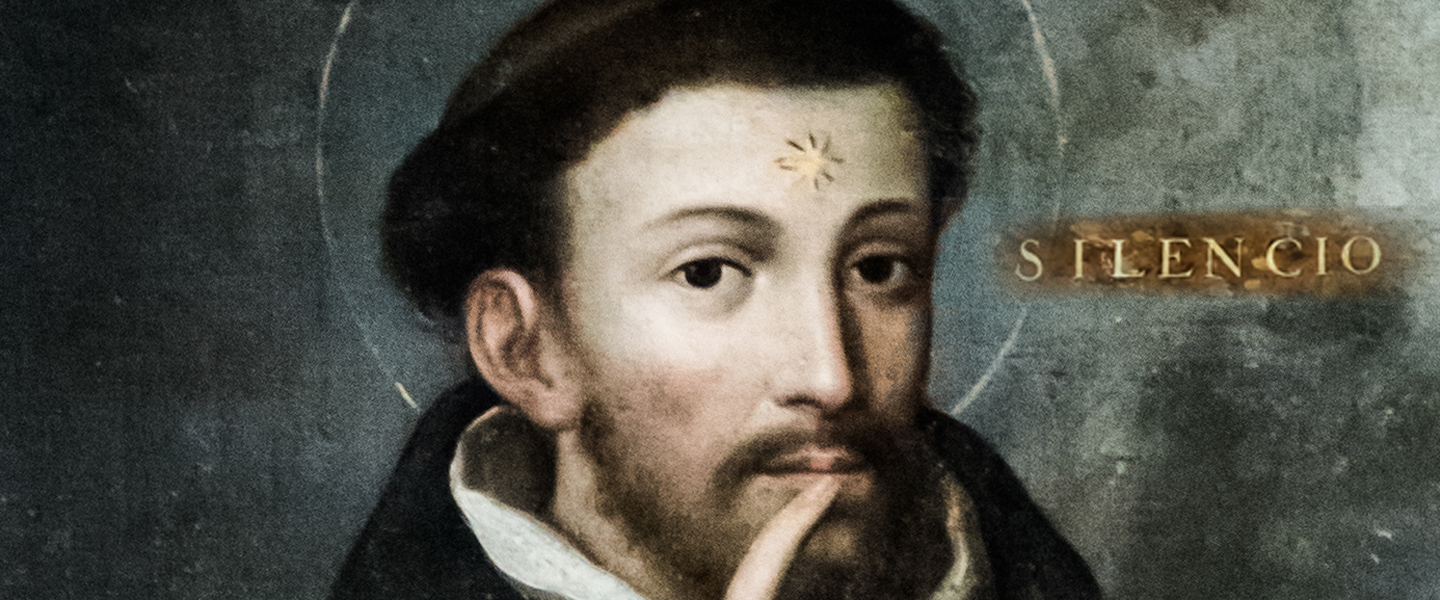
The Dominican must sanctify himself before he can go out to help his neighbor... The saints of the Order exemplify the beautiful balance of Dominican spirituality, the perfect blend of contemplation and apostolicity. They have been among the greatest contemplatives of the Church: St. Dominic, St. Thomas Aquinas, St. Catherine of Siena, St. Vincent Ferrer, yet they have been zealous apostles. The pages of Dominican history are sprinkled liberally with great souls who have become saints in the Dominican way, following their rule with utmost fidelity, working faithfully for the good of souls. (Father William A. Hinnebusch, O.P.)
Before the time of St. Dominic, religious orders were monastic in nature. The lives of monks and nuns were enclosed within the walls of a monastery. There they prayed and worked in the setting of a cloistered community. Monks would only leave the enclosure for the need of a particular task. Ministry to the faithful was the duty of the diocesan clergy under the guidance of the bishop.
The establishment of the Dominican Order was part of a new movement in the Church. Beginning in the twelfth century, the Holy Spirit seemed to be calling for a new form of religious life. The needs of the faithful were great, but the number of priests to fill these needs was inadequate. St. Norbert was one of the first to hear this call, establishing an order not of monks but of “canons regular.” These were priests living in religious community, but whose work included preaching, teaching, and administering the sacraments outside of the religious house.
In order to realize the genius of St. Dominic, one must understand this historical context of the evolution of religious life. It was not simply that Dominicans would be active apostles, leaving the enclosure of the monastery to be preachers of the word. They would also maintain the monastic observances that had formed the basis of religious life for centuries. Later congregations would be similarly apostolic but were not founded on the monastic base. Yet for eight centuries the Dominican Order has held fast to its proper heritage by continuing those observances so essential to the life of this apostolic band.
St. Dominic saw great value in the cloister, in silence, in the choral office, and in many other ancient practices of monastic life. He recognized their importance, not in isolating the friar from the world, but in forming him for the apostolic work. Prayer and study were necessary to create an apostle on fire with love for God. St. Dominic considered the monastic life essential to the vision of religious life he was bequeathing to his spiritual sons and daughters.
St. Thomas Aquinas would later capture this concept in classic formulations. Contemplare et contemplata aliis tradere. "To contemplate and to give to others the fruit of one’s contemplation" became one of the mottos of the Dominican Order. Contemplation derives from the monastic life, while the "fruit" that is given to others is the apostolic work. Thomas places the highest value on this life that includes both contemplation and active, apostolic work, writing, “For even as it is better to enlighten than merely to shine, so is it better to give to others the fruits of one’s contemplation than merely to contemplate” (Summa Theologica). Contemplative prayer is a kind of “shining” in the presence of God; leaving our solitude to take the Lord to others is the “enlightening” praised by St. Thomas.
As Dominican Sisters of St. Cecilia, we continue to live religious life as handed down to us by St. Dominic. The monastic practices serve to form sisters in the twenty-first century no less than the thirteenth century friar. They are truly timeless practices, proper to the spirit of our Order. In them we recognize the genius of our Holy Father St. Dominic, and derive the graces necessary to do God’s will.


 Back
Back